Concrete Helicopter: What is It and Use It [When,How and Safety]
Concrete helicopter sometimes also termed as power trowel or power float or troweling machine, it is a lightweight construction machine used very often by workers, on a concrete working site to apply a smooth and flat finish to concrete surfaces such as slabs
The machine can perform the tasks of several hand tools like hand trowel, hand float, Darbie, and concrete float.
In this article, we will go through the various applications of the machine, its usage guide along with safety instructions, and lastly, we will go through various types of concrete helicopters.
Contents
Type of Concrete Helicopters
Concrete helicopters can be categorized into two types based on the mechanism they are controlled.
Ride-on
Ride-on power helicopters are the type of helicopter that is operated by workers sitting on top of them, and controlling their movement with two joystick levers.
When using the ride-on helicopter, steering is also a simple process but can take a little time to learn.
On a ride-on concrete helicopter, the operator sits on a chair fixed atop of it. The operator has two joysticks to move the machine. One on the right side of his chair and one on their left.
The left joystick moves in a forward and backward motion, which allows the operator to move the concrete helicopter forward and backward on the left side of the unit.
The right handle moves in a ‘cross’ type motion this allows the operator to move the unit forward and backward plus move the concrete helicopter to the left or right.
These types of concrete helicopters can be either mechanical or electrical powered.
In can case of mechanical powered helicopters, the power is usually provided by petrol or diesel engines, while in the case of electric-powered concrete helicopters, power is usually provided by electric power source line.
Walk-behind
Walk-behind concrete helicopters are operated by a worker walking behind them.
They are pushed forward or backward by applying the force of their handle. Walk-behind helicopters have a very simple method for steering the unit.
Pulling up on the handle moves the unit to the left, pushing down on the handle move the unit to the right.
An alternative steering method for walk-behind concrete helicopters would be to palm down on the right handle, and palm up on the left handle with slight downward pressure on the right handle will move the unit right.
Palm down on the left handle and palm up on the right handle, with slight downward pressure on the left handle, will move the concrete helicopters left.
These two simple methods give the operator total control and ease of steering when operating the unit.
Similar to ride on the concrete helicopter they can also be either electrically or mechanically powered.
How to Use
Two considerations must be kept in mind while using a concrete helicopter to smooth the concrete slab surface. First is the machine’s condition and second is your technique.
Both will be determintal to the finished result. Nowadays, standard power float includes a float pan and a finishing blade to soften concrete slabs.
Following steps should be followed while smoothing concrete with a concrete helicopter:
- Attach the float pan to the concrete helicopter. Nowadays, float pan and finishing blade are included with the helicopter.
- After the pouring of concrete, start pulling the machine in front of you gradually from one side of the slab to the other.
- Move the machine in rows and in a way that when you would be walking backward, it would also flatten your footprints.
- You may have to flatten once lengthwise and once widthwise.
- Each pass will make concrete more dense and compact and it will achieve a nice and smooth surface.
- After finishing two perpendicular passes with the float pan attached to a concrete helicopter, you can now remove the float pan and attach a finishing blade.
- Again make two or more perpendicular passes in the same way as done with the float pan attached.
- The first pass with the finishing blade should be made in a way that the blade has a 90-degree angle to the last pass that you made with the float pan.
- During the successive passes, gradually increase the blade pitch. This will add more pressure to the concrete surface.
- A water spraying unit that is optionally available with the concrete helicopter can be used to condition the concrete afterward.
When You Should Use
The concrete helicopter must be used before the poured concrete has completely dried. However, if the concrete is too fresh and wet, using the concrete helicopter may cause delamination of the material and concrete will be torn up.
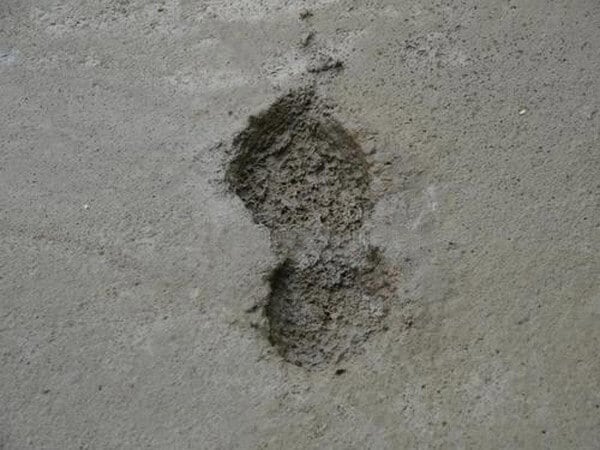
There is a trick to judge whether it is the right moment for your helicopter concrete: Put your step on the concrete. If your footprint is ¼” deep or less, with no bleed water or an insignificant amount, you may go ahead and use the helicopter to smoothen the surface.
On the other hand, if your footprint has much water or it is more than ½” deep, you may have to wait a bit but do not wait too much as the concrete me dry down.
Advantages of Using It
Using a concrete helicopter will bring you the following benefits over hand tools like hand trowel, hand float, Darbie, and concrete float:
- It prevents the concrete from being getting crooked.
- It can fix little imperfections and enhances the density of the surface.
- It can accelerate the work in comparison with the hand tool.
- The finishing produced by it is so fine that you would not be needing to add another layer of finishing screed material.
Safety Precautions
Following safety precautions should be followed while operating a concrete helicopter:
- Always run it on a flat and level surface.
- It should be transported in the upright position
- Remove any bricks, glass, rope, stones, or other sharp materials from the work area.
- They may injure the worker.
- Prolonged use of it can cause unnecessary vibrations.
- Ensure that the handle has gripped firmly while the machine is running.
- Blades can develop sharp edges after use. You should avoid touching them.
- If you lose control, the concrete helicopter may hit you or go on a spinning rampage. In this use emergency switch.
Conclusion
To conclude, a concrete helicopter is an ideal device for smoothing concrete surfaces like slabs. It can be either walk behind or ride on operated. It could be either electric or mechanically powered and used on wet concrete.
This article highlighted further the operating procedure and conditions of a concrete helicopter.
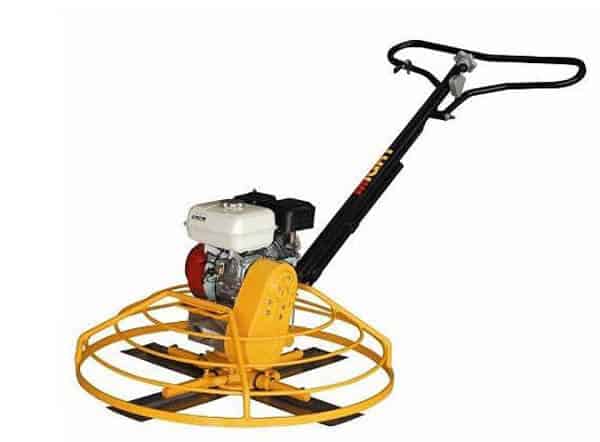
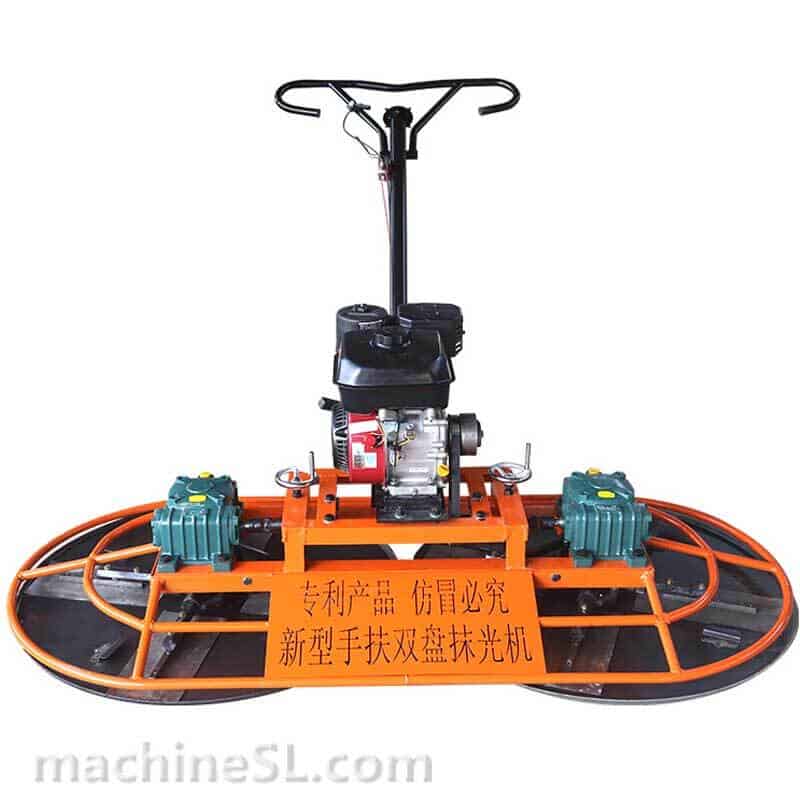
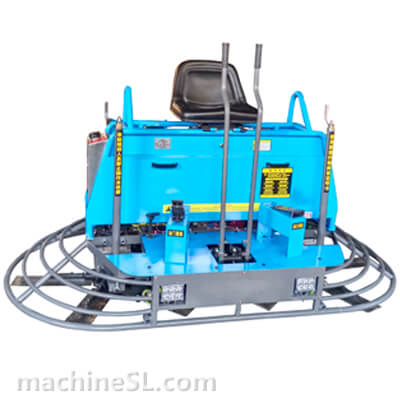
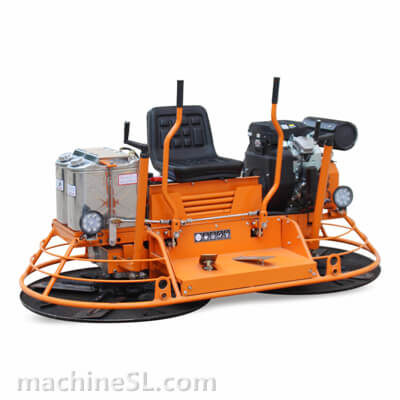
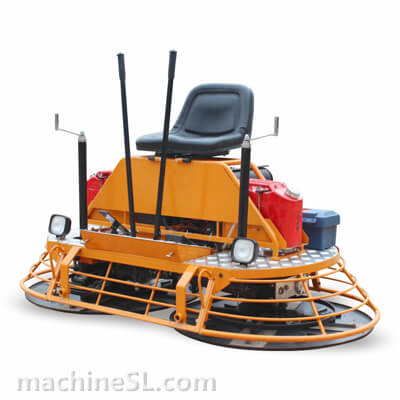
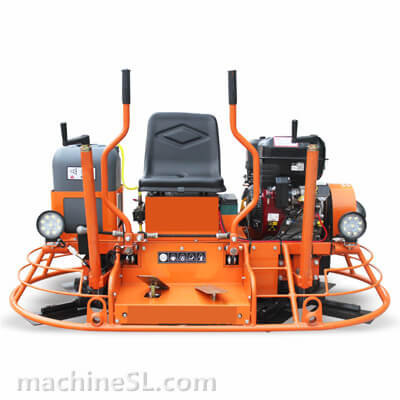
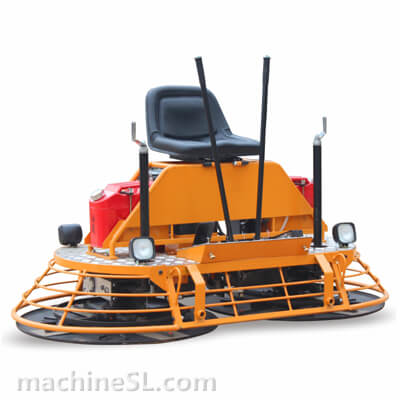
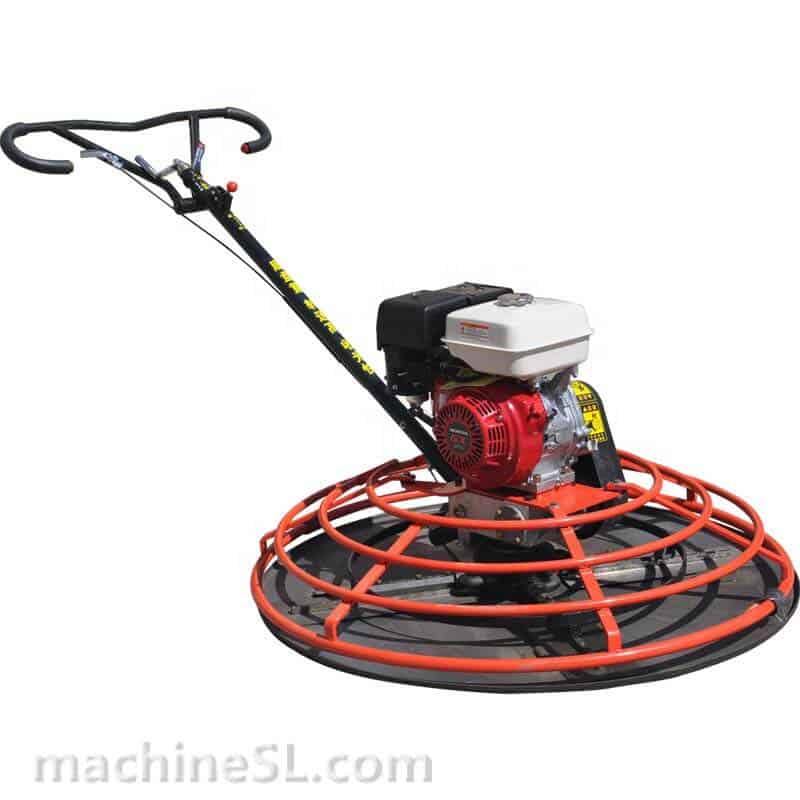
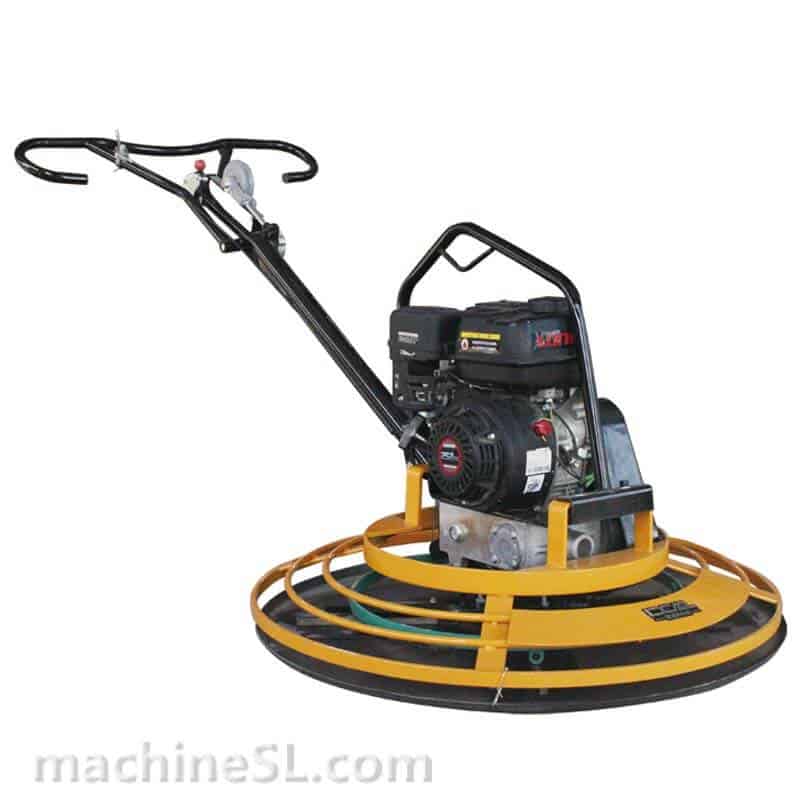
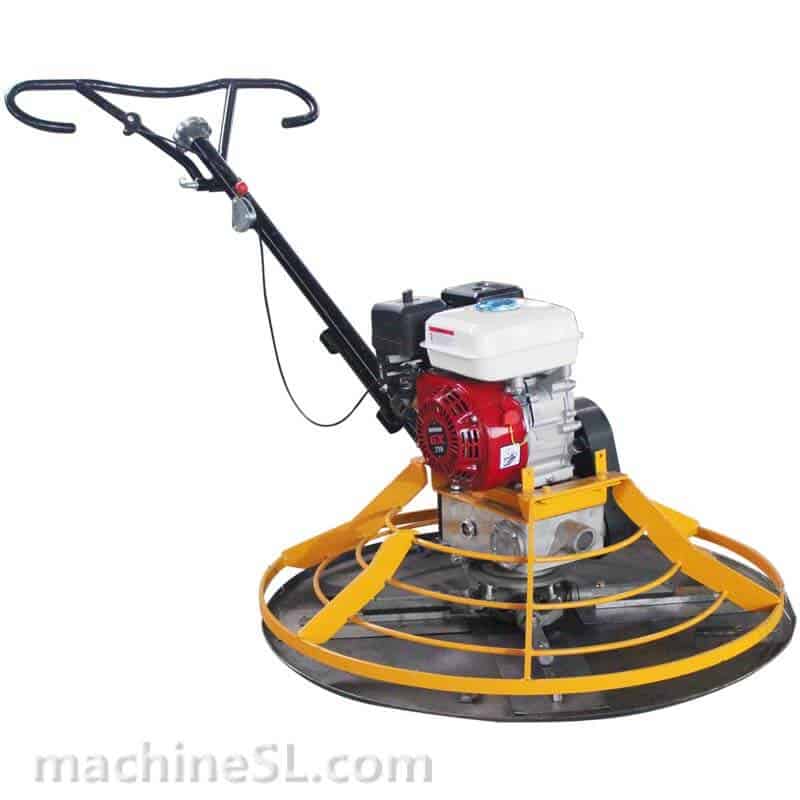
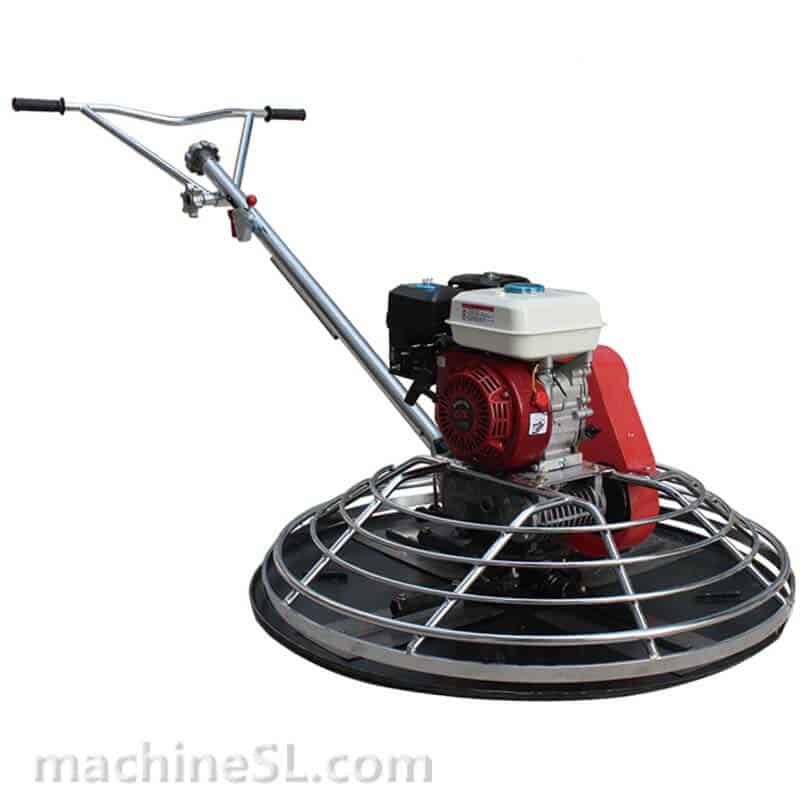
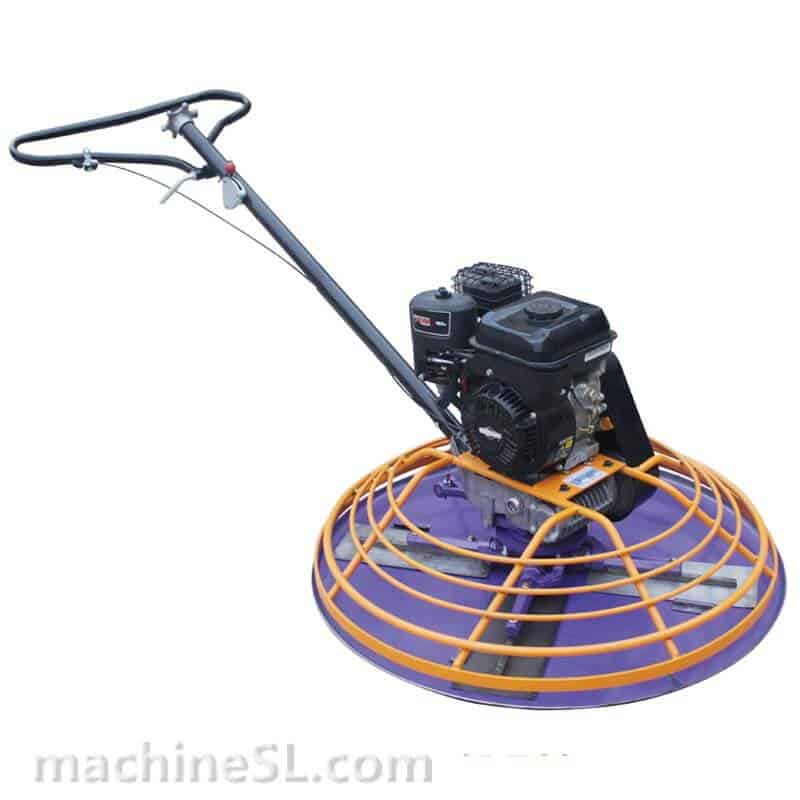
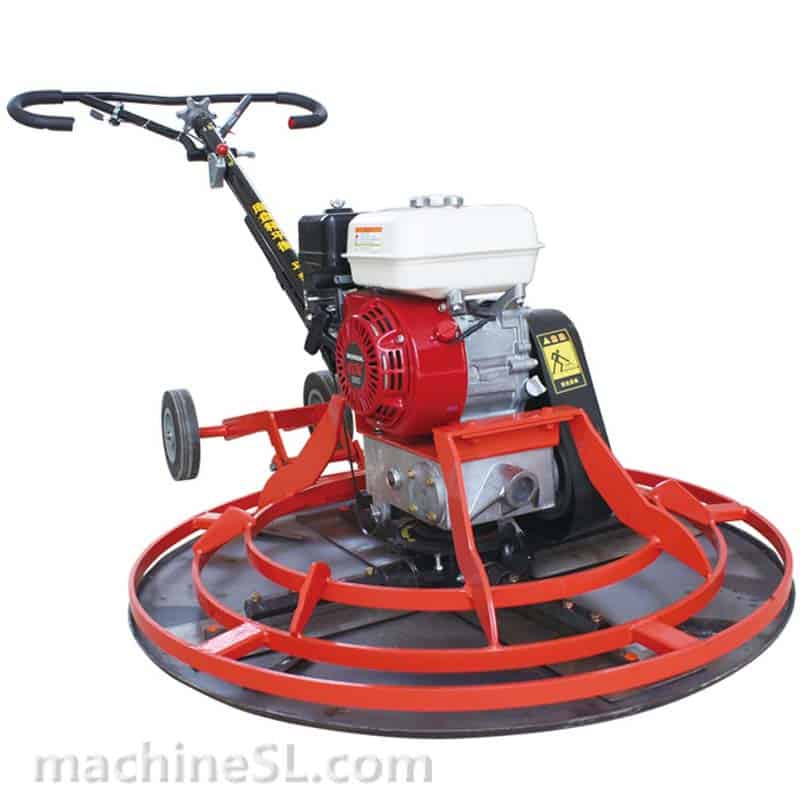
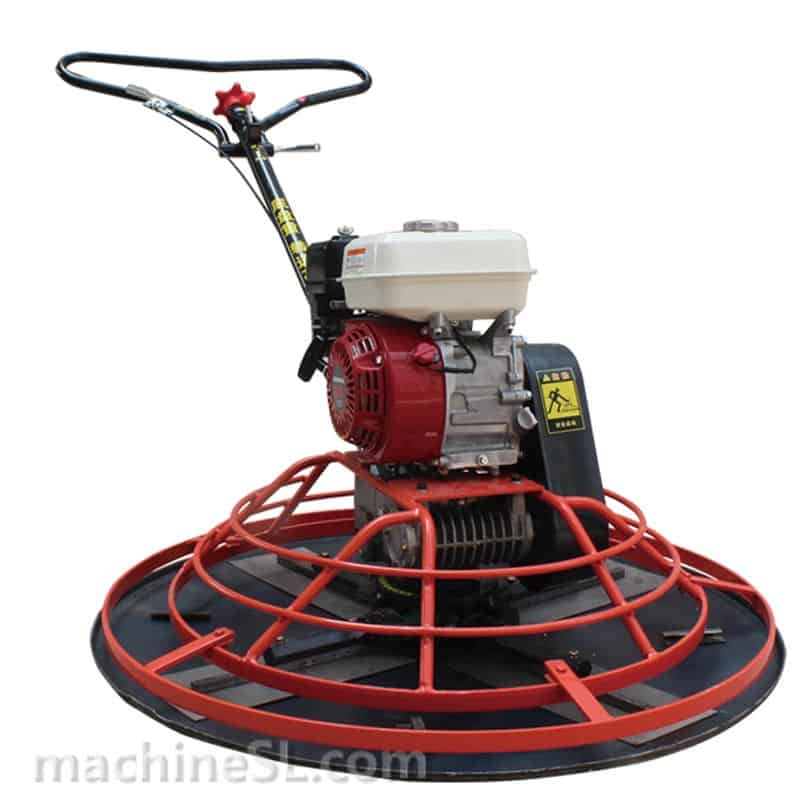
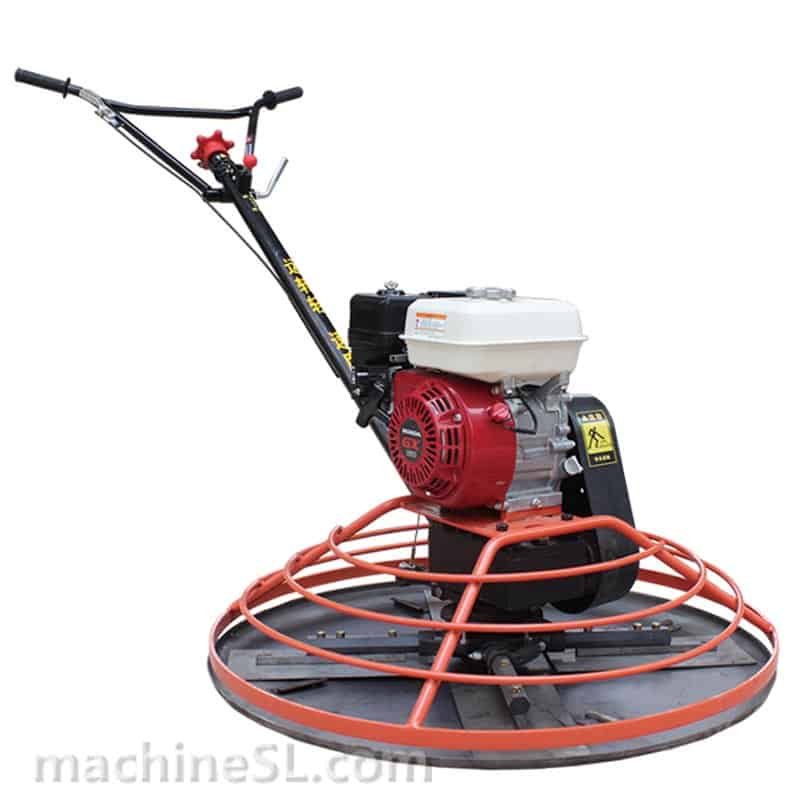
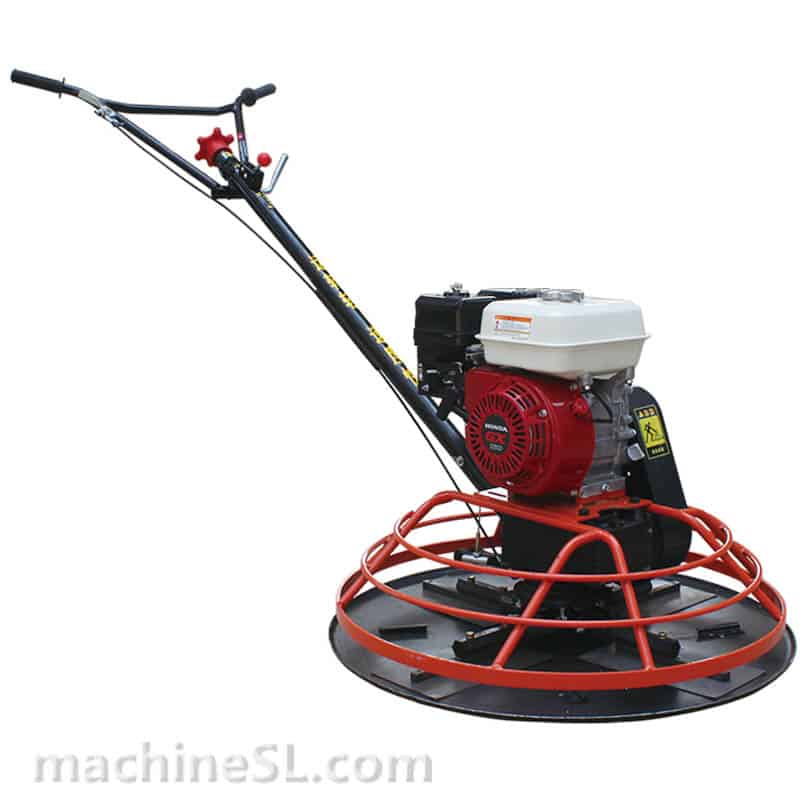
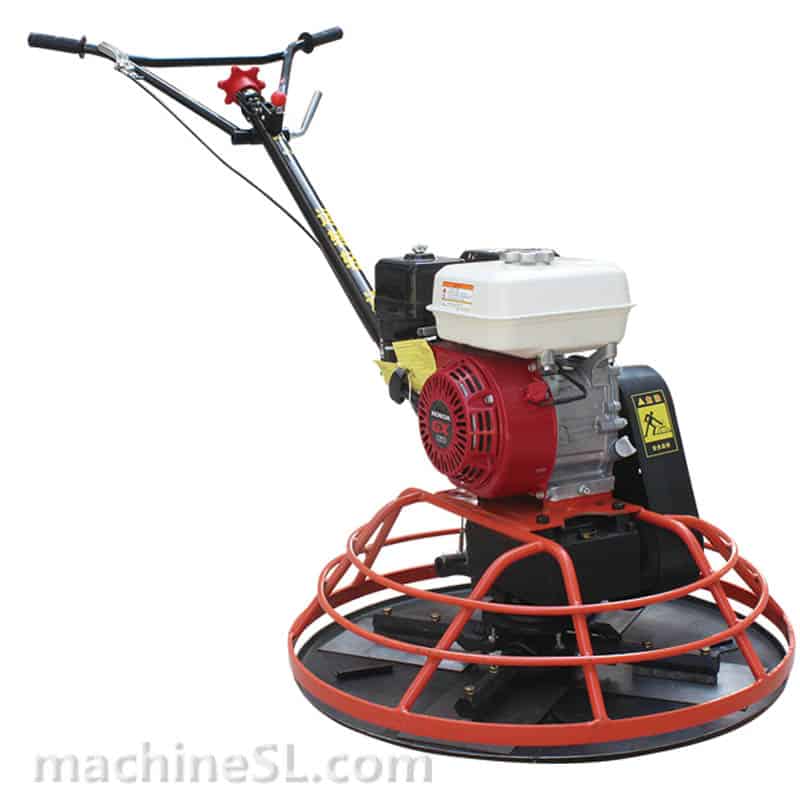
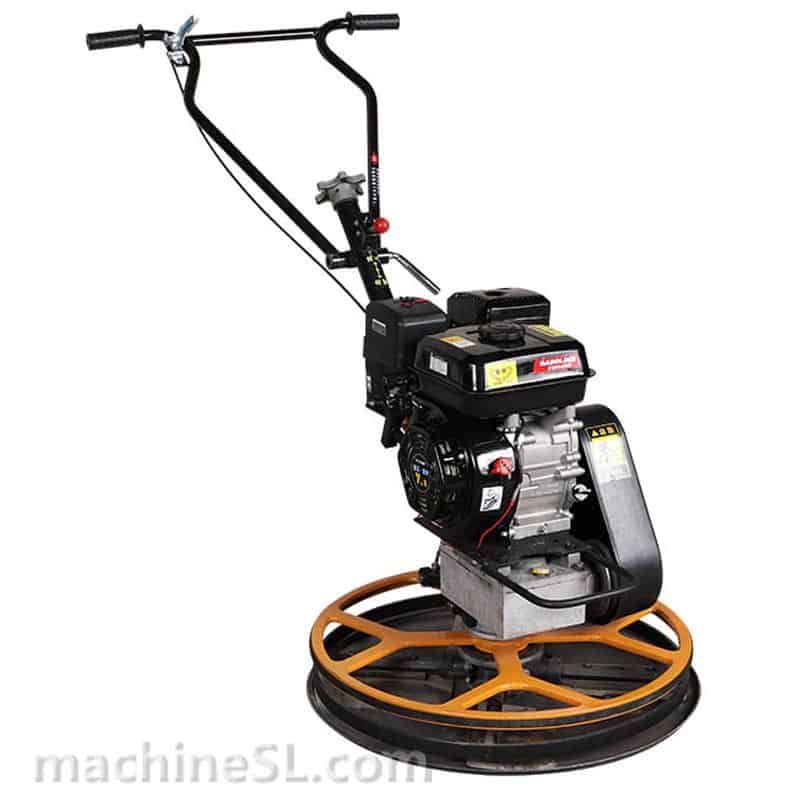
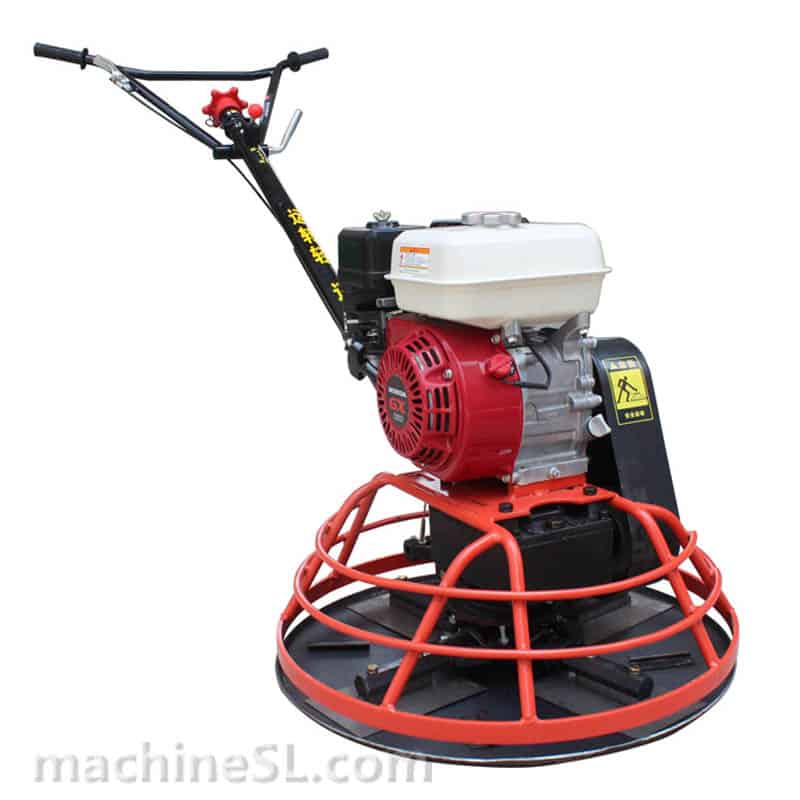
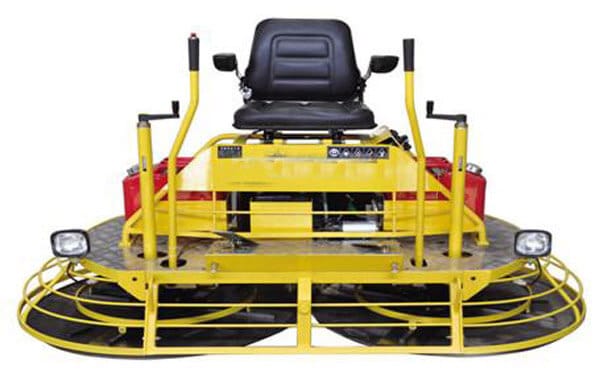
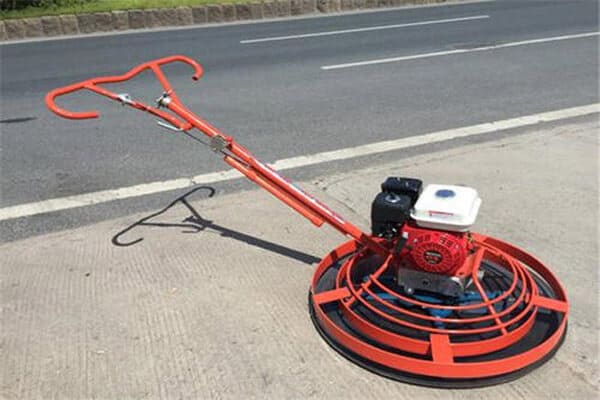
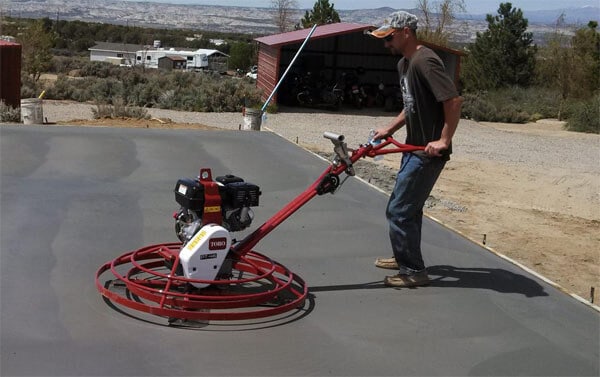
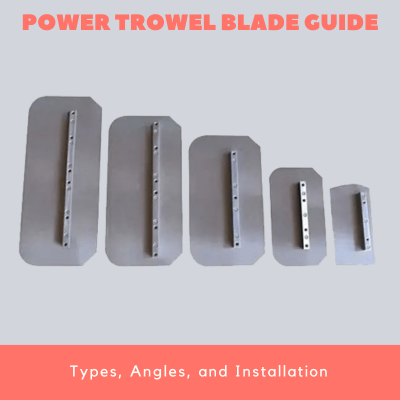
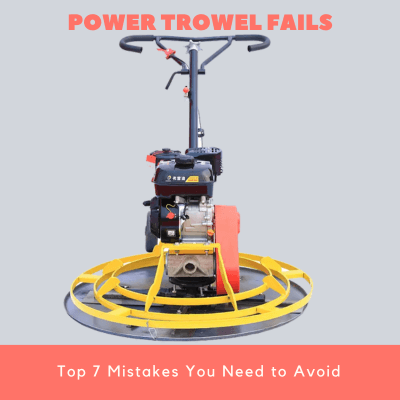
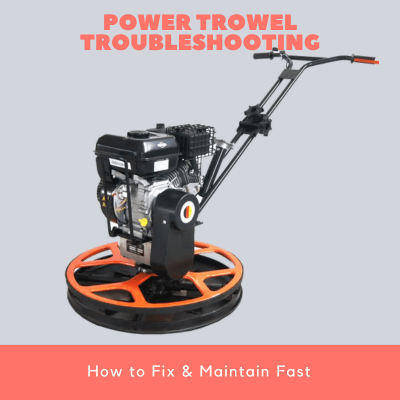
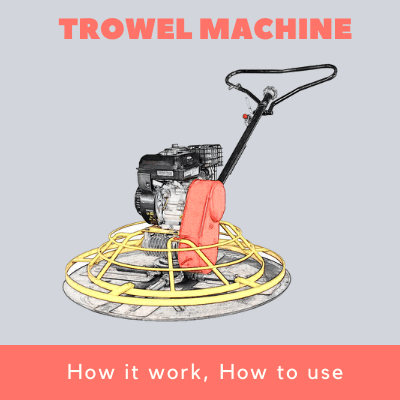
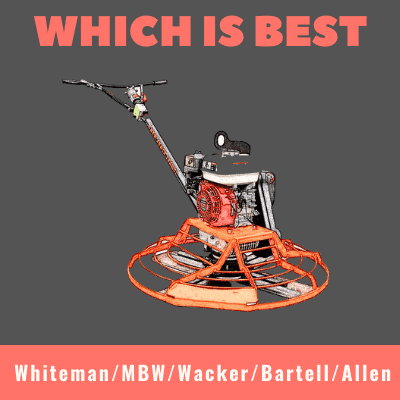
Leave A Comment